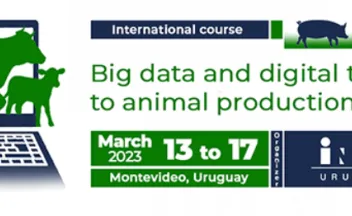Libro de Actas. Tercer Seminario Internacional Restauración del Bioma Pampa (Argentina, Brasil y Uruguay). [en línea]

El objetivo de este evento fue consolidar un espacio académico-técnico-político a nivel regional para la difusión e intercambio de conocimientos en torno a la restauración ecológica en el Bioma Pampa. ¿Por qué?, básicamente por dos motivos:(1) El Bioma Pampa (o Pastizales del Río de la Plata), endémico de Argentina, Brasil y Uruguay, conforma el mayor complejo de ecosistemas abiertos (pastizales, arbustales y sabanas) en América del Sur. Tiene un alto valor de conservación a nivel global, ya que los pastizales están dentro de los ecosistemas más amenazados y menos conservados del mundo.

